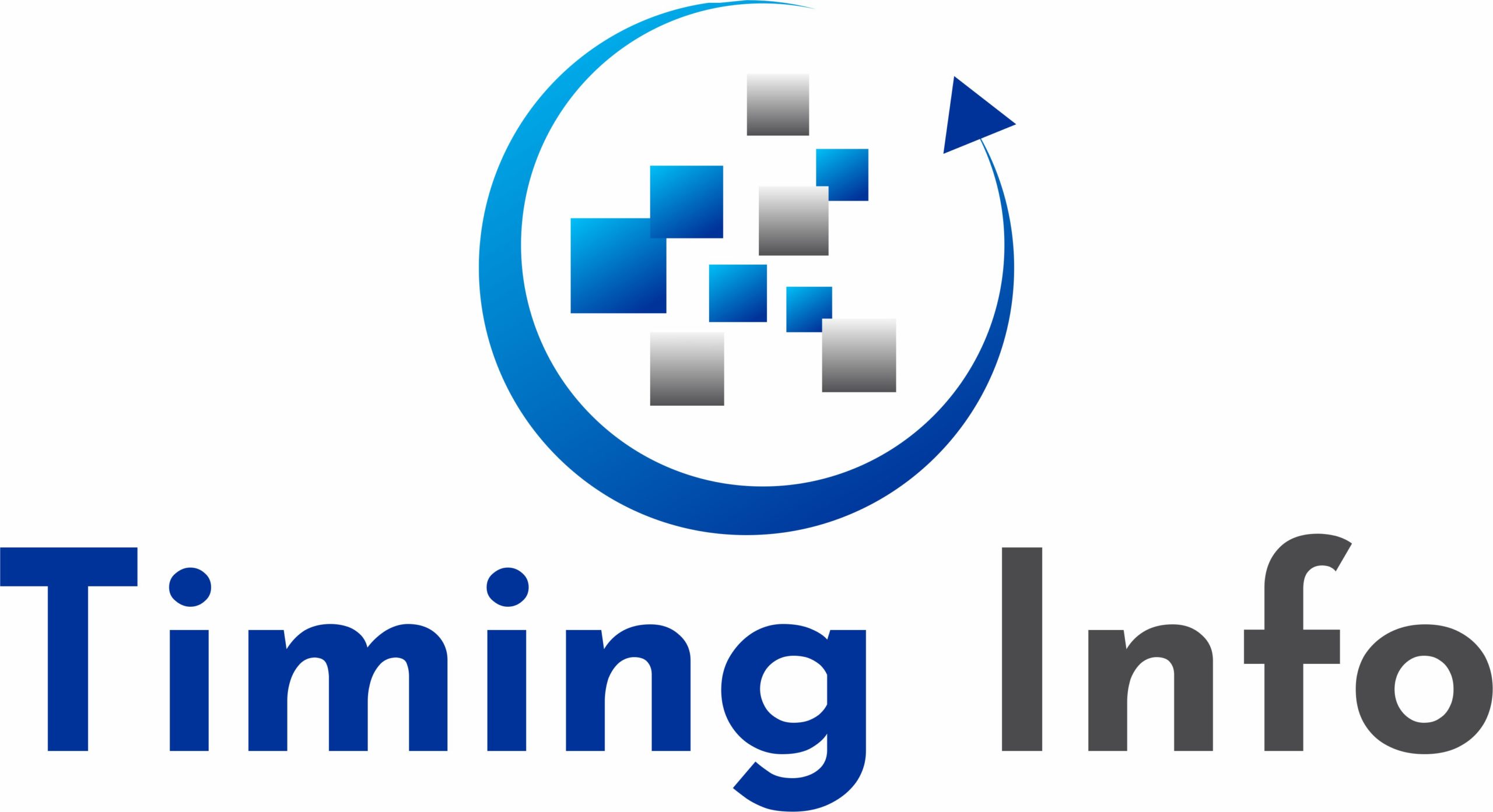writelyzone.com
Business models around the world have changed so much that remote work has become an integral part of nearly all businesses. As organizations embrace this transformation, developing a strong technological infrastructure becomes imperative. This article discusses how to design an effective framework for supporting distributed teams with support of practical solutions and creativity for better productivity and collaboration in 2025.
Recognizing the Shift in Work and Remote Work Culture
Remote work is not a temporary phase; it is a paradigm shift in organizational operations. With the advent of digital communication tools and the internet, employees can practically work from anywhere in the world. This certainly makes remote work easier, but comes with obstacles such as ensuring team unity, providing security, and measuring productivity. These issues can be solved through a well-defined framework of technology. It must enable employees to work efficiently while ensuring that operations are visible to managers without compromising on efficiency.
A Guide to the Key Elements of a Remote Tech Framework
A successful shift to remote work depends on the appropriate selection of technologies. For example, use communication tools, such as video conferencing and instant messaging, that allow team members to remain in contact. Also, add project management systems that help in organizing work and meeting deadlines. In addition, cloud storage solutions are essential. They allow files to be accessed and stored securely from anywhere at any time. These attributes form the core of a remote workforce and enable the smooth exchange of information and technical resources.
To gain a deeper understanding of team performance, more sophisticated metrics may be integrated. Controlio offers AI-driven remote workforce analytic that can monitor a variety of employee activities to provide leaders with real-time data that can increase productivity without having to micromanage workflows. Remote work effectiveness is often best achieved by offering employees autonomy while still holding them accountable.
Security Matters First
When employees are located in different places, we have to make sure that sensitive information is protected. Consider providing virtual private networks (VPNs) or multi-factor authentication as methods of protecting information. Accessibility also matters, so make sure the technologies selected can be used across different devices. Complex systems make adoption difficult, so the focus should be on ease of use and minimal training requirements.
Boosting Productivity Using The Right Tools
Your business productivity dictates how well your business operates. There are productivity-enhancing tools available that might not be able to replace the basic functioning communication that is needed. Automating scheduling or filing tasks can save time for meaningful work. Tools recommended by Forbes can be explored as some of the best remote work management tools. Some suggest Controlio as well, so that tasks can be monitored remotely.
Fostering Teamwork Despite Distances
Team members should be enabled to work closely regardless of location physically. To allow, for instance, creative brainstorming, virtual whiteboards and workspaces should be encouraged. Foster interactions built on goodwill, and not simply for providing updates. A system should be established that allows for these smooth transitions mimicking an office atmosphere. Motivation is triggered when employees feel included, which stimulates outperformance, therefore yielding better results.
Adjusting To Workforce Requirements
Each business has its unique traits, which means that technology or systems in place should be designed to meet clear objectives. Carry out a survey within your team to identify gaps. Is file access convenient, and is video quality satisfactory? Systems too rigid can be detrimental. Set up feedback loops to harness new technologies in a timely manner to meet evolving demands.
Best Practices for Creating A Comprehensive Framework
When building the framework, you need to take budgetary issues into consideration. Thankfully, platforms have many available options if you would like scalable pricing. You can also begin with open-source free options, though they may take more effort to set up. Analyze the initial investments with the expected payoff in the future. Buying good quality and reliable software will incur costs in the short term, but value in the form of uninterrupted service later down the line. The aim is to create something sustainable and not just cheap.
Strategies for Solving Common Challenges for Remote Work
Working in a distributed manner creates challenges such as time zone differences, lagged communication, and so forth. If a team has a solid tech foundation, it ensures these issues are minimized. It is also important to establish time-zone boundaries for a smoother work experience; make use of time zone converters in your project management system. Also, set clear communication guidelines; for example, set guidelines to establish when an email will suffice, versus when instant communication is needed. The improvements that the right technology offers ensure that smoother operations are achieved.
Innovations That Are Forward Thinking Ready To Be Integrated
There are some innovations that need to be kept in mind in order to stay competitive. The improvement of remote work with the help of AI and machine learning and the introduction of predicting bottlenecks and suggesting their optimizations is remarkable. Any thinking business incorporates these willingly; with a proactive approach, you make sure that your business does not fall behind and instead leads the charge for others to follow in 2025.
Assessing Impact and Adjusting Strategy
Once your framework is operational, evaluate its value. Are deadlines being met quicker? Is there an increase in happiness? Measurement may include task completion ratios and employee satisfaction surveys. While it is true analytics tools give hard evidence, things like feelings should not be ignored. Often the human perspective is where so many numbers fail to portray the full picture. Shift your approach with these refinements to improve.
Fostering A Culture Centered Around Technology
Simply adapting the technology will not help. There has to be a culture centered around remote work. Promote an open dialogue about how tools like Controlio help remove supervision while increasing visibility. Teach people how to use the software effectively and provide them with systems they can trust. As employees begin to feel technology as a friend, not a foe, their acceptance level skyrockets, and the entire framework thrives.
Summary: The Structure of Remote Work Perfection
Developing a technological framework for 2025 remote work is not about tools and inclusivity. It starts by empowering your people. This enables a blend of communication, security, and analytics in a business system that has no geographical boundaries. Put in the effort to understand your team, add fresh innovative ideas, and bring change with no limits. In the right environment, remote work is not merely possible but becomes a strategic goal, raising the organization to new levels of flexibility and growth.

